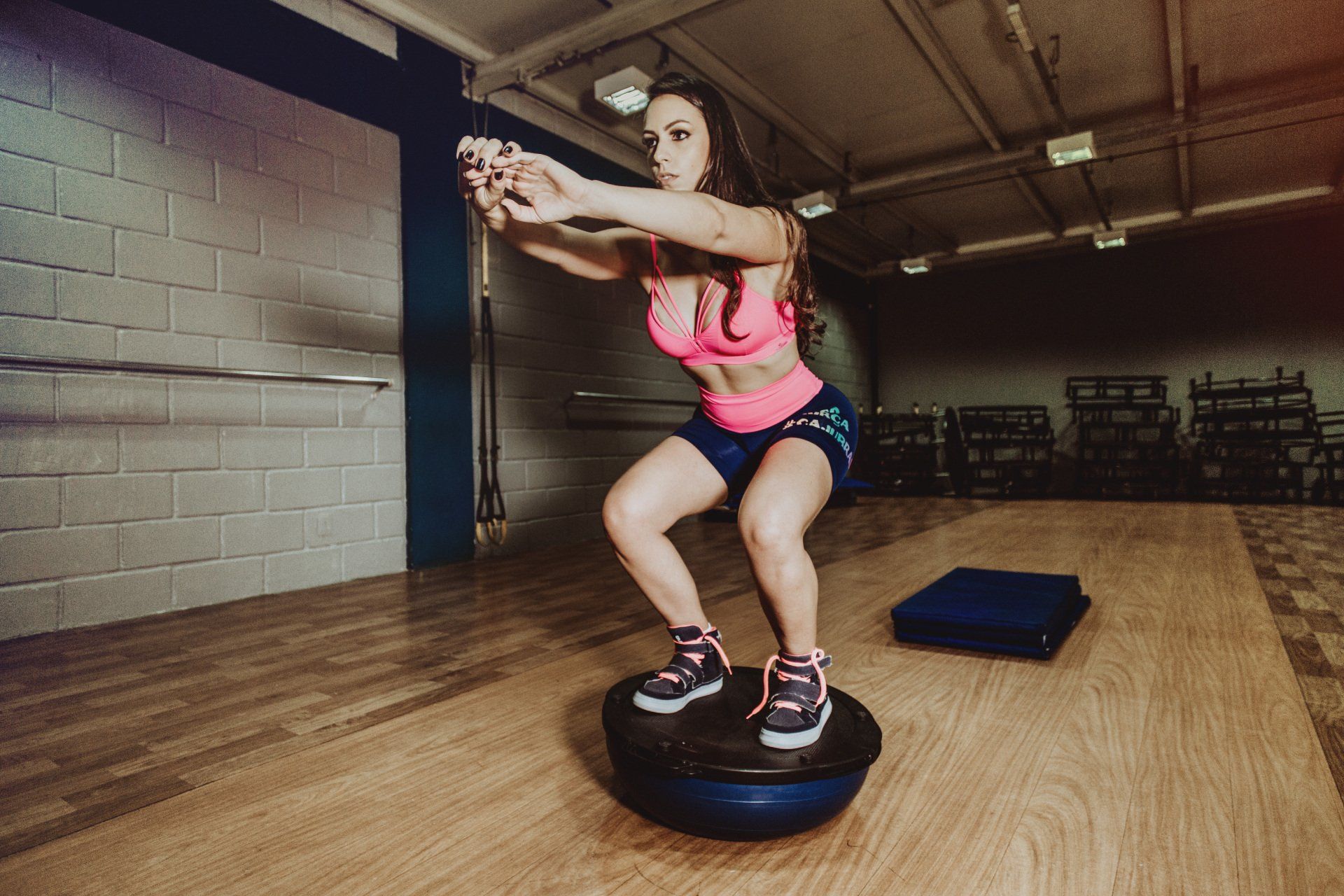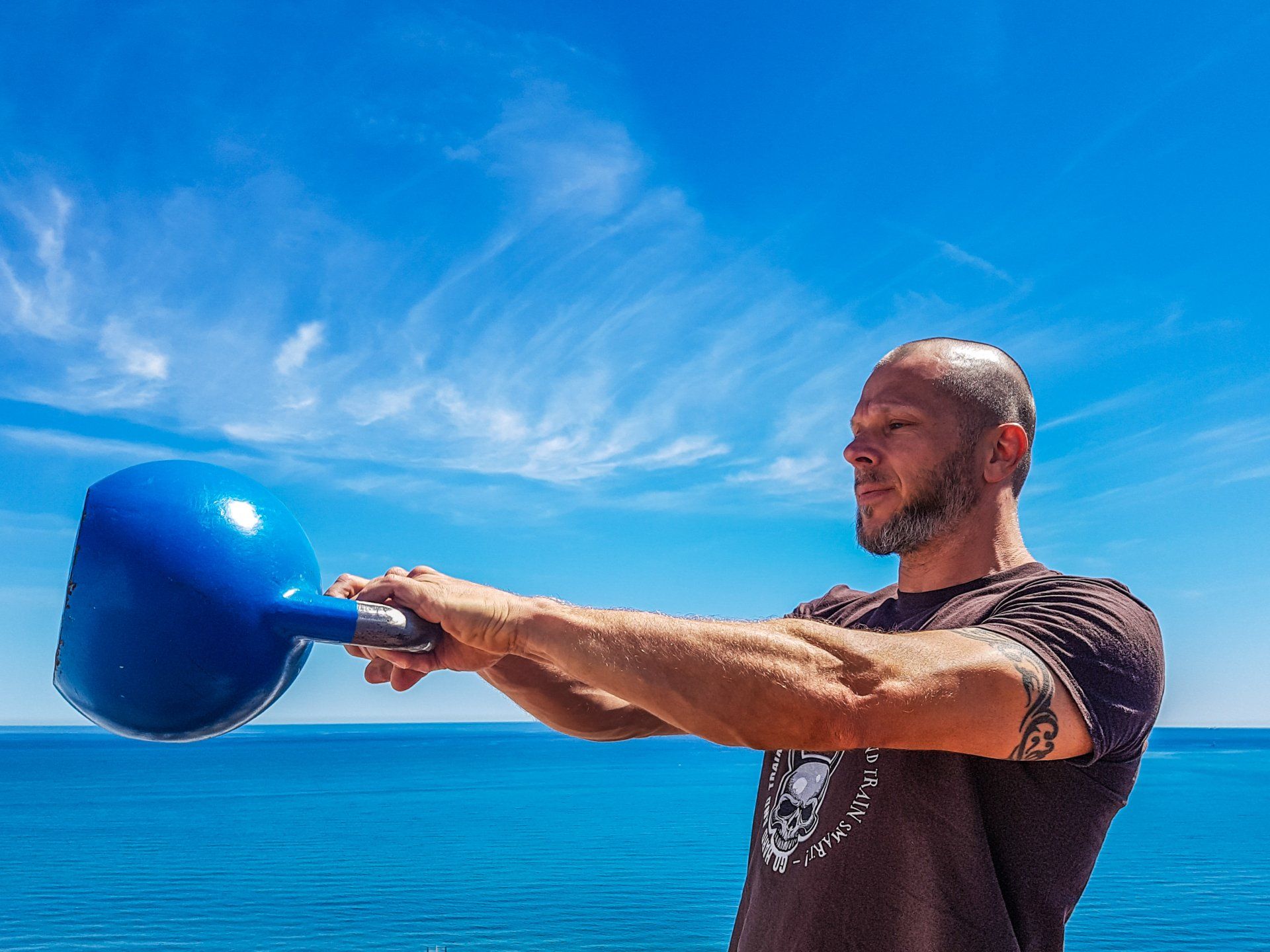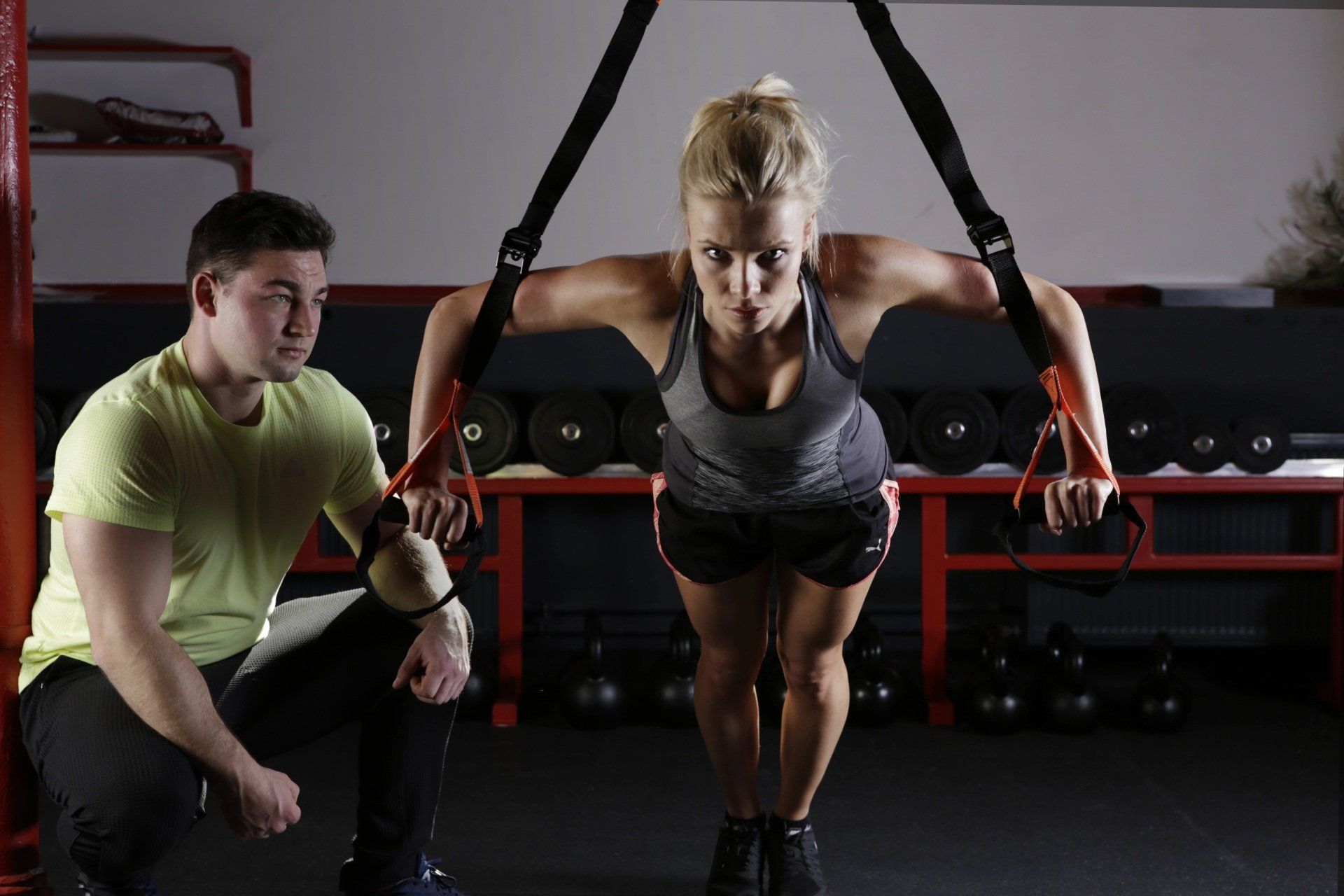Postural Distortion
As a corrective exercise specialist, the very first assessment I give new clients helps me to determine how they move in their day to day environment and through this, their postural distortion patterns. Postural distortion patterns are defined as predictive patterns of muscle imbalance.
There are three common distortion patterns, pronation distortion, lower cross syndrome, and upper cross syndrome. Each of these patterns can either be exhibited by themselves, or people can have multiple at the same time.
With pronation distortion, the main issues are lower leg muscle imbalances and foot pronation, or flattening of the foot. Pronation distortion affects the ankles as well as the knees. In order to combat this, I have clients perform balancing exercises to challenge their leg muscles and ankle/knee stability.
With lower cross, you can see an exaggerated sway in your lower back, which tends to lead to low back pain. Here, clients benefit from learning stabilizing exercises and dynamic movements that encompass the thighs, glutes, and core. Many individuals with lower cross tend to spend more time sitting and less time on their feet, so it’s important to introduce walking as a regular daily activity.
Upper cross is characterized by a forward head and rounded shoulders. Special strengthening exercises can help to build up the muscles in your upper back to help pull your shoulders and head back in place.
Corrective exercise is about building and creating a stronger and more balanced body, but remember that before we strengthen our weak muscles, we lengthen the tight muscles. Keep on the lookout for my corrective exercise videos and remember to check my blog for more information on building a stronger you!
Ryan Brown










